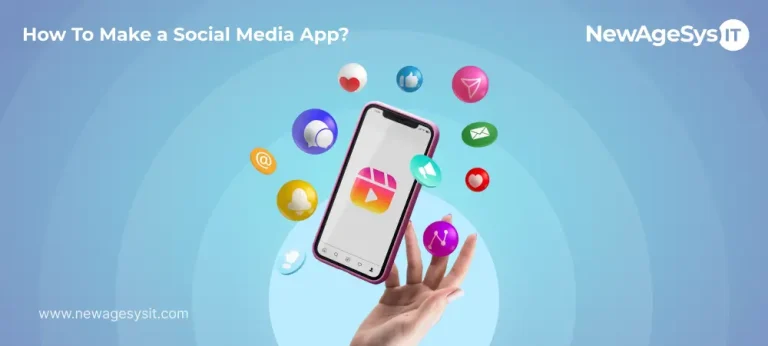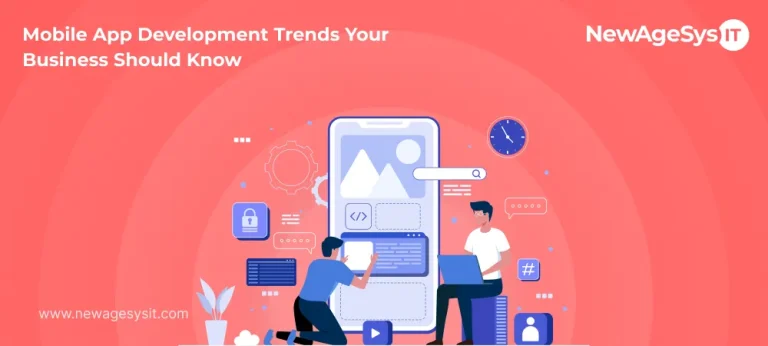FinTech businesses face several challenges such as delays in transactions, strict lending requirements, complex rules, and outdated systems. In 2023, FinTech revenue was worth $936 billion and is projected to nearly triple by 2028, overshadowing the growth of conventional banking sectors.
Revolut-like applications are important in modern financial transactions. For such an app to be developed, there must be a comprehensive market assessment that involves planning and technology investment which may cost anywhere between $40k -$300k depending on the complexity of the design, the physical address of the developers’ team, and the functions available. This blog will lead you through the cost of building a FinTech app like Revolut among other critical considerations for a successful release.
Revolut: A Glimpse into FinTech Innovation
Revolut founded in 2015 is one of the foremost neobanks and providers of innovative financial services in the fintech industry. Revolut provides a digital banking platform with features like account opening, and financial management along with traditional banking capabilities.
With a global user base of 40 million, Revolut has launched Revolut X, a crypto trading platform for UK retail customers, catering to both novice and experienced traders. Furthermore, mobile wallets are offered by Revolut for easy international money transfers using recipient IDs including names, phone numbers, or email addresses. Revolut had more than five million downloads in 2019 (an increase of approximately 380% )and over twenty-six million downloads thereafter in 2023.
Revolut has seen significant download growth rates with app downloads surging from 5.3 million to 26 million – or an increase of around five times – during the period under review ending December 31st,2023. This success coupled with the ever-bulging FinTech market makes now an opportune time for companies to venture into developing FinTech apps to innovate within this growing sector.
To provide an estimate, developing an app similar to Revolut generally costs between $40,000 and $300,000. This range depends on factors like the complexity of the UI/UX design, the development team’s location, and the scope of features to be implemented.
Important Features for Making a FinTech App Like Revolut
When you’re creating a FinTech app similar to Revolut, it’s crucial to include features that help users manage their money easily. Revolut redefined the banking industry with its innovative, path-breaking idea, and your app can do the same. Here are some key features to consider:
For Users
Managing Accounts: Users should be able to easily set up and handle their accounts. This means creating profiles, linking bank accounts or cards, and updating personal information.
Sending Money and Paying Bills: Make it simple for users to send money to others, pay bills, and set up regular payments. Simplified payment processes enhance user convenience and trust.
Exchanging Currencies: Let users swap currencies at current rates. This allows them to spend or transfer money abroad without paying high fees. Real-time currency exchange can attract frequent travelers and international businesses.
Budget Tools: Help users track their spending, set budgets, and see where their money goes. These tools can help them make smarter decisions and reach their financial goals. Interactive budget tools can improve financial literacy and user engagement.
Investing and Saving: Give users options to invest in stocks, cryptocurrencies, or savings accounts depending on what they’re interested in. Diverse investment options cater to different user profiles and risk appetites.
Keeping Things Safe: Make sure the app is secure. Use features like two-step verification, fingerprint login, and checking transactions closely. Virtual cards that change numbers for each purchase can also cut down on fraud. Users can set limits and expiry dates for extra security.
Reward Programs: Include programs that reward users for using the app more. This could be points for transactions, referring friends, or other actions that keep users coming back.
Personalized Alerts: Let users choose what notifications they get. They might want updates on transactions, account changes, or special offers so they stay informed about their money.
Admin Features
Managing Users: Tools for admins to handle user accounts, including verifying accounts, blocking suspicious ones, and controlling user permissions. Efficient user management ensures platform security and compliance.
Compliance and Rules: Features to follow financial rules like verifying user identities (KYC), preventing money laundering (AML), and reporting to regulators. Compliance features safeguard the platform’s integrity and reputation.
Monitoring Transactions: Systems to monitor transactions for fraud or suspicious behavior. Admins can freeze accounts or investigate transactions if needed. Proactive monitoring prevents financial crimes and ensures user trust.
Customer Support Tools: Tools for admins to assist users with account problems, answer questions, and settle disputes. Responsive customer support enhances user satisfaction and retention.
Data and Reports: Dashboards and reports give admins insights into how the platform is used, transaction amounts, revenue, and other stats. This helps them make smart choices. Data-driven insights support strategic planning and operational efficiency.
Customizing the Platform: Settings to adjust how the platform works, like setting transaction limits, deciding on fees, or turning features on or off. Flexibility in platform management allows quick adaptation to market needs.
How to Monetize a FinTech App Like Revolut
Creating opportunities for diverse revenue streams is not the only thing that building a FinTech app involves but also improving financial management. At NewAgeSysIT, we adopt different approaches aimed at raising profitability while delivering value to our consumers. These strategies include:
Subscription Models: For instance, there are subscription plans that give access to premium features such as increased security preferences or restricted financial insights. Subscriptions provide regular revenues and keep users loyal since they consistently add value.
Transaction Fees: We levy transaction fees on select financial activities like peer-to-peer transfers, currency conversions, or even investment deals. Such charges depend on the transaction amount, volume, or frequency thereby helping us make money while also being in tandem with user operations.
Premium Services: Our app offers premium services such as personalized finance advice, and priority client aid among other analytical tools with high levels of sophistication. This meets those individuals who want customized answers and are willing to pay for extra capability and convenience.
Partnerships and Affiliations: We create relationships with financial institutions, insurance companies, and third parties to deliver integrated solutions. In these partnerships, we obtain referral fees or commissions open up new avenues for our service provision, and earn returns beyond the core functions of our application when users interact with each other.
Advertising and Sponsorships: Another way to monetize the app is by using targeted ads or sponsored content within it. These can be placed ads on the application’s interface coming from relevant brands in the finance industry or else included in transactional communications so that it brings more income without any direct charge for customers.
Data Monetization: We find opportunities for monetizing aggregated market insights by providing data analytics services to third parties such as research companies or banking institutions employing anonymized end-user details. This allows our clients to earn additional monetary benefits while maintaining user confidentiality together with the protection of information security. By diversifying our revenue streams and aligning our monetization strategies with user value propositions, we create sustainable revenue models for our FinTech apps.
How does NewAgeSysIT help build a FinTech App?
At the cutting edge of FinTech innovation, we are fully committed to making your vision come alive with powerful FinTech applications. Our expertise is in developing intelligent FinTech solutions that equip users with seamless financial management tools. We employ state-of-the-art technologies for creating secure account management systems, efficient transaction processing as well as user-friendly budgeting software so that your app remains functional and meets the needs of its consumer.
The process of development starts with the awareness of business goals and understanding user requirements which helps us to create custom functions that fit your requirements perfectly. In addition, we always comply with strict regulatory standards such as KYC or AML by incorporating sophisticated encryption and authentication methods to secure user information and maintain platform integrity. Our emphasis on user-centered design ensures that each interaction within your app is easy to understand and captivating thus fostering reliance from consumers.
Additionally, NewAgeSysIT’s wide-ranging analytics can be used to make sense of users’ behavior and assess the performance of the platform for data-based decisions that boost its efficiency and growth potential too. We have designed scalable FinTech solutions that can keep pace with the dynamic fintech sector.
Join hands with NewAgeSysIT to maximize Fintech’s potential and take your business higher than ever before. Through our commitment to excellence and innovation; your app will not only meet but also surpass industry benchmarks; let us work together to create an outstanding fintech application amidst competition.

























